Newton thought that gravitation would happen instantly, propagating at infinite speeds. Einstein showed otherwise; gravity isn’t instant.
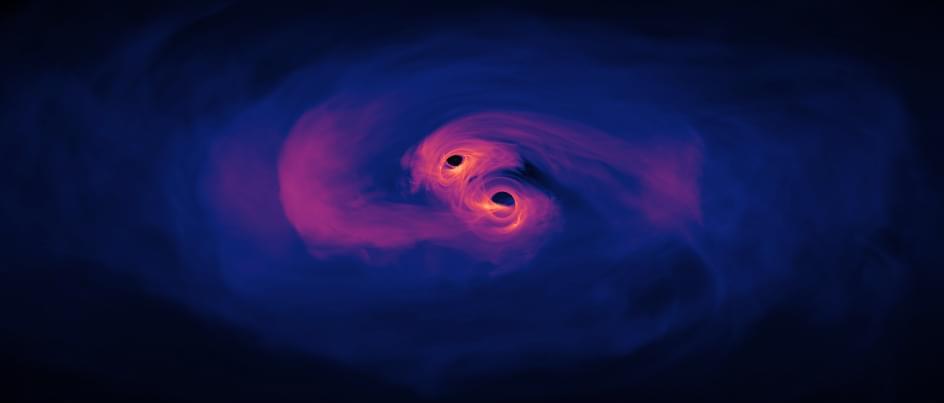

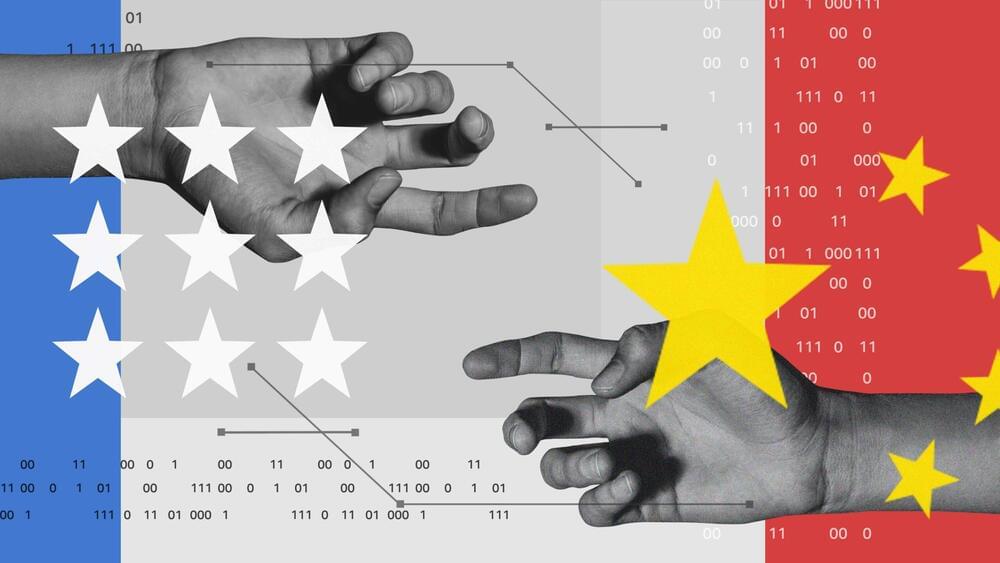
Globalization is not dead, but it is changing. The United States and China are creating two separate spheres for technology, and artificial intelligence is on the front lines of this new “Digital Cold War.” If democracies want to succeed in this new era of “re-globalization” they will need to coordinate across governments and between the private and public sectors. AI is coming, whether we like it or not. We are at a fork in the road and all segments of society will need to pitch in to build AI systems that contribute to a just and democratic future where humans can thrive.
Page-utils class= article-utils—vertical hide-for-print data-js-target= page-utils data-id= tag: blogs.harvardbusiness.org, 2007/03/31:999.362544 data-title= AI and the New Digital Cold War data-url=/2023/09/ai-and-the-new-digital-cold-war data-topic= Public-private partnerships data-authors= Hemant Taneja; Fareed Zakaria data-content-type= Digital Article data-content-image=/resources/images/article_assets/2023/08/Sep23_02_792DVvbiBBo-383x215.jpg data-summary=
Companies and countries need to prioritize collaboration and transformation over competition and disruption.
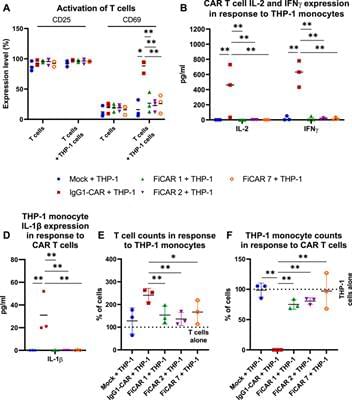
Background: T cells equipped with chimeric antigen receptors (CAR) have shown remarkable efficacy in targeting B lineage malignancies. Improvement of the CAR structure is needed, however, with a view to developing flexibly modifiable spacers that are inert in interactions with unwanted cells. Specifically, binding to cells carrying receptors for IgG’s crystallizable fragment (FcR), that recognize IgG-derived domains in CARs is to be avoided.
Methods: Two novel CARs targeting the CD19 antigen where the IgG1-CH2 and-CH3 domains were replaced with Ig-like domains from signal-regulatory protein α (SIRPα) were designed in silico. An IgG1-based CAR and a CAR lacking both SIRPα and IgG1 domains were used as comparators. The phenotype and memory phenotype of the expanded cells were analyzed by flow cytometry, and CAR T cell activation and cytotoxic efficacy were assessed in co-culture experiments in response to CD19+ target cells. Unwanted interactions with FcR-expressing myeloid cells were interrogated in co-culture assays with THP-1 monocytic cells.
Results: T cells carrying the novel SIRPα-based CARs enacted potent in vitro cytotoxicity against CD19 positive B-lineage leukemia cells, comparable to traditional IgG1-based CAR T cells. Co-culture of IgG1-based CAR T cells with FcR-expressing THP-1 monocytic cells led to prominent cell surface expression of CD69 on T cells together with production of Interleukin (IL)-2 and Interferon-γ, and production of IL-1β, indicating activation of the T cells and monocytes, respectively. Longer co-culture led to killing of the monocytes. No signs of T cell nor monocyte activation were detected in co-cultures of SIRPα-based CAR T cells with THP-1 cells. Arming T cells with the SIRPα-based CARs favored differentiation towards CD4+ phenotype during expansion, while the effects on memory phenotype of the T cells were equivalent between the SIRPα- and IgG1-based CARs. In a pilot experiment, T cells modified with one of the SIRPα-based CARs showed dose dependent leukemia cell control.
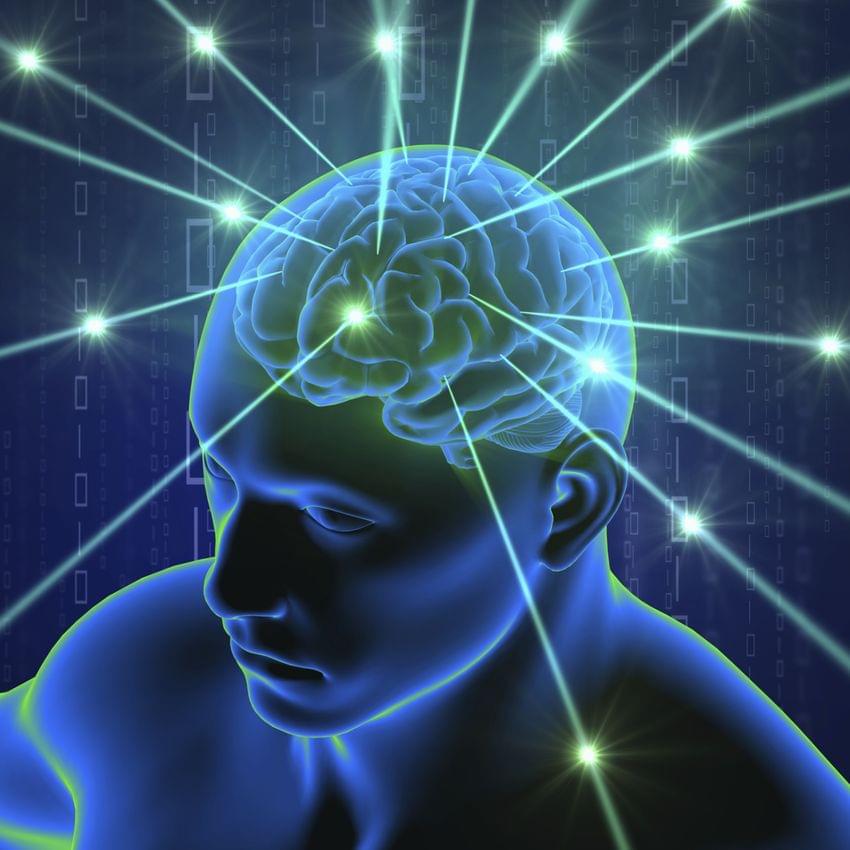
Researchers who previously developed the first 3D human cell culture models of Alzheimer’s disease (AD) that displays two major hallmarks of the condition—the generation of amyloid beta deposits followed by tau tangles—have now used their model to investigate whether the exercise-induced muscle hormone irisin affects amyloid beta pathology.
As reported in the journal Neuron, the Massachusetts General Hospital (MGH)–led team has uncovered promising results suggesting that irisin-based therapies might help combat AD.
Physical exercise has been shown to reduce amyloid beta deposits in various mouse models of AD, but the mechanisms involved have remained a mystery.

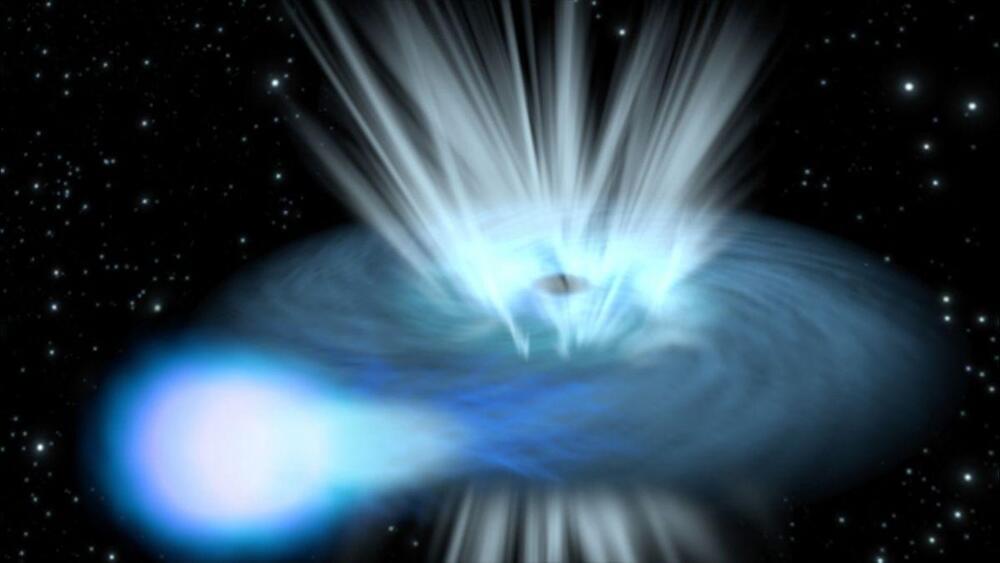
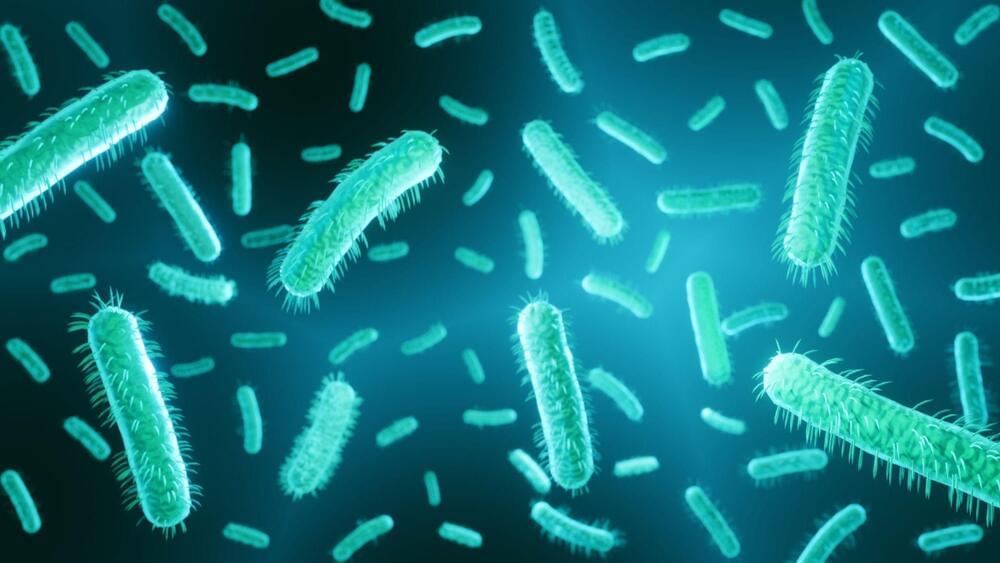
The organism fared better at converting organic waste to electricity than even some famous and exotic electricity producing microbes.
Scientists at the Ecole Polytechnique Federale de Lausanne (EPFL) in Switzerland have successfully engineered E.coli.
Escherichia coli, commonly known as E.coli, is a rod-shaped bacterium commonly found in the lower gut of organisms. However, it has become a favorite of microbial researchers worldwide for the ease with which its genetic structure can be manipulated. It has, therefore, become an indispensable part of research and industrial projects.

The Floridian repeat offender told the authorities that he planned on wheeling himself to London, England.
It started on August 26 when the US Coast Guard was transiting in the Atlantic Ocean in preparation for an intense hurricane when they found a weird-looking vessel in the middle of the ocean, 70 miles (110 km) off the coast of Georgia. There was a man aboard the vessel. He told the authorities that he planned on wheeling himself to London, England.
A Florida man was arrested in the middle of the ocean after he was found floating in a homemade vessel resembling a hamster wheel. But how did he get there in the first place?
Vessel has peddles to propel it
When the Coast Guard asked the man for registration papers, he assured the men that the vehicle was registered but was unable to produce papers. Looking closely at the vessel, the Coast Guard was able to identify home supplies like wires and buoys and deemed the vehicle unsafe for the voyage.
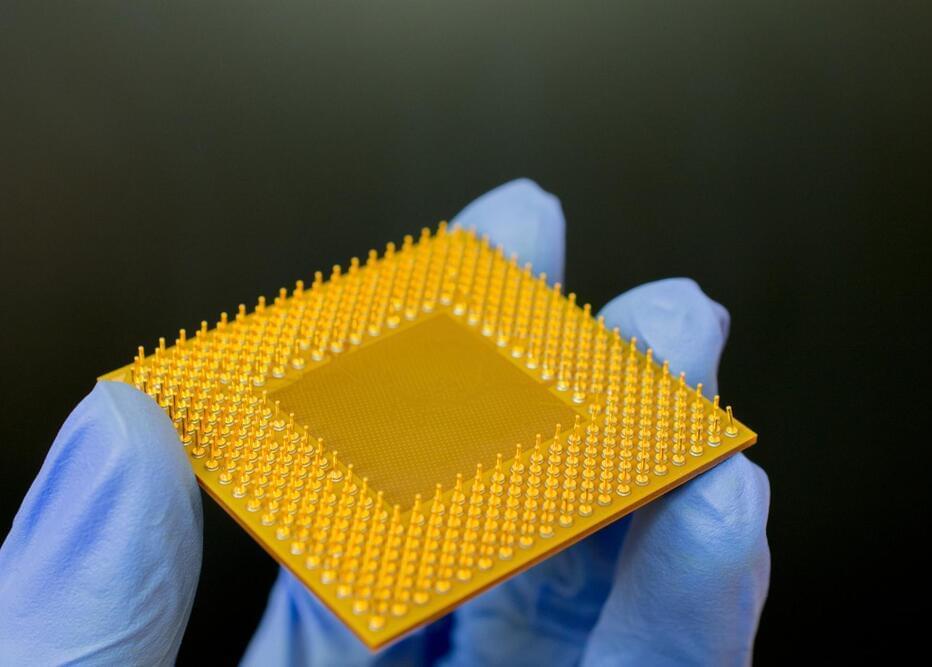
Gallium has multiple advantages but processing it has been difficult. This might be about to change after new discovery.
Researchers at the Zhejiang University in China have devised a new method that allows for easier and cost-effective production of gallium oxide, an alternative to silicon for semiconductors, South China Morning Post.
Silicon may be a significant component powering semiconductor-based applications. Still, the industry has evolved to use compounds such as gallium arsenide and indium phosphide in production processes over the years. Gallium oxide is the newest entrant in the arena.
